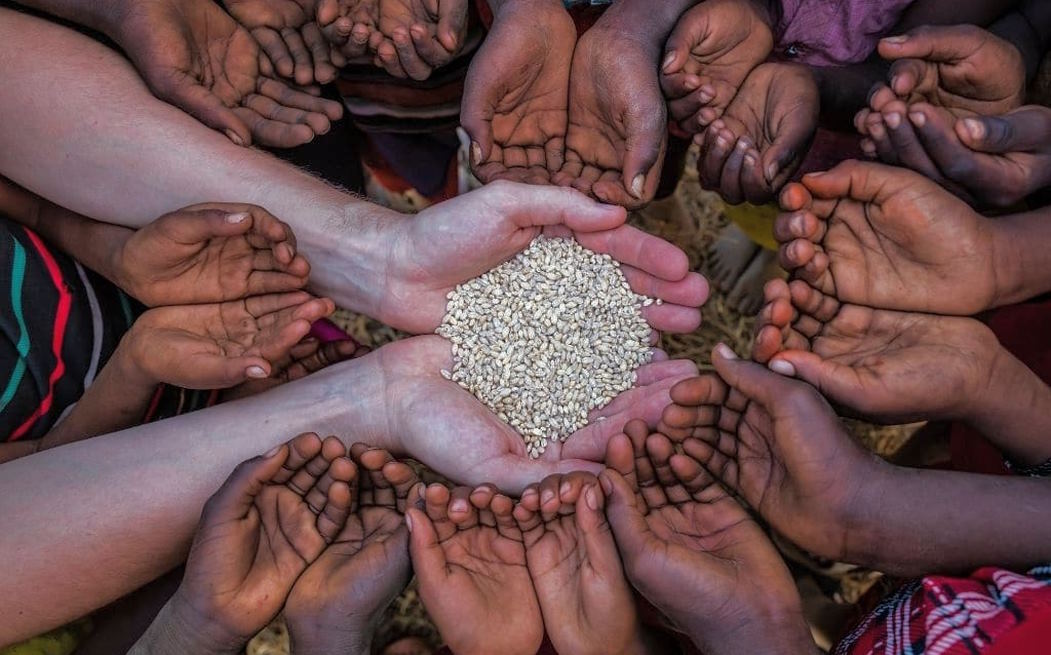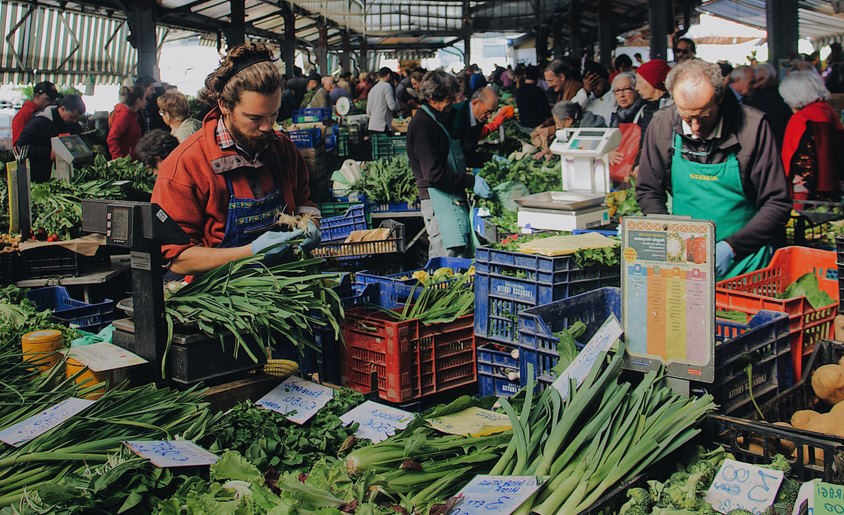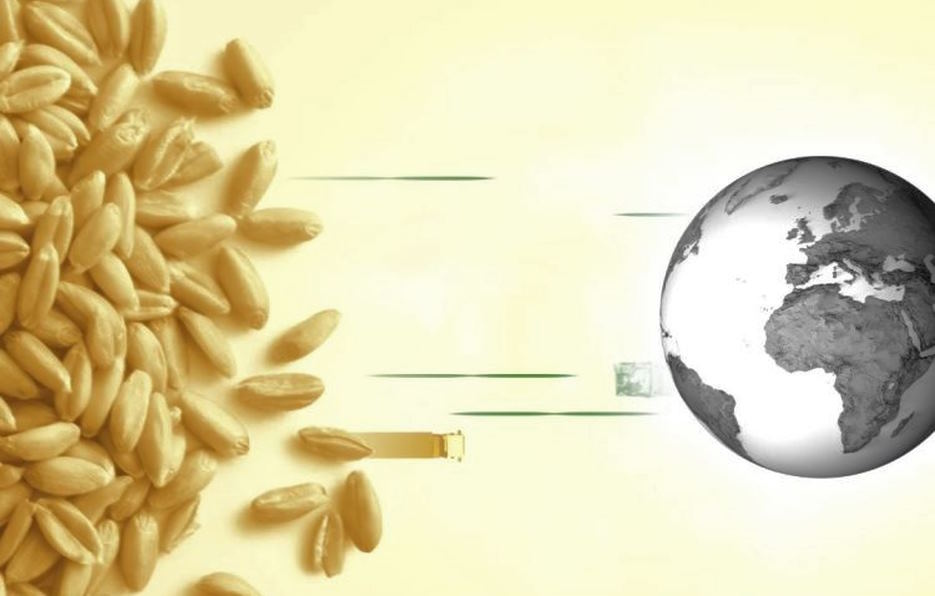Europe’s position in the global food trade is of utmost importance, as it plays a significant role in both food exports and imports. With its diverse agricultural landscape and established trade networks, Europe serves as a major player in meeting the world’s food demands. This article aims to provide an overview of Europe’s involvement in the global food trade, shedding light on export and import trends. By examining the top commodities, key markets, driving factors, and challenges, we can gain valuable insights into the dynamics shaping Europe’s position in the global market. Additionally, we will explore the impact of the European Union’s Common Agricultural Policy (CAP) and the growing emphasis on sustainable agriculture on Europe’s food trade. Understanding these trends and developments is crucial in comprehending Europe’s role in the global food trade and its implications for the future.
Europe’s Food Export Trends
Europe has emerged as a prominent player in the global food trade, with a diverse range of food products that are highly sought after worldwide. When it comes to food exports, Europe boasts an impressive array of top commodities. From dairy products like cheese and butter to beverages such as wine and beer, Europe’s food exports cover a wide spectrum of culinary delights. In addition, Europe is known for its high-quality fruits, vegetables, grains, and meat products, all of which contribute significantly to its export market.
When examining key markets for European food exports, several regions stand out. The European Union (EU) member states trade extensively among themselves, creating a strong intra-European market. Beyond the EU, countries like the United States, China, and Japan are significant importers of European food products. These markets value the reputation of European food for its taste, quality, and adherence to strict safety and production standards.
Several factors contribute to the growth of Europe’s food exports. Firstly, technological advancements and improved transportation infrastructure have made it easier for European countries to reach global markets efficiently. Additionally, the EU’s trade agreements and preferential tariffs with various countries have facilitated market access and stimulated export growth. Europe’s long history of agricultural expertise, traditional food production methods, and commitment to sustainable farming practices also contribute to its competitive edge in the global market.
However, European food exports also face challenges and limitations. One of the main challenges is the presence of non-tariff barriers, such as stringent import regulations and sanitary measures imposed by importing countries. These barriers can hinder market access and increase export costs. Furthermore, fluctuating exchange rates and global trade uncertainties can impact the competitiveness of European food products. Additionally, competition from other major food-exporting regions and the need to adapt to evolving consumer preferences and trends pose ongoing challenges for European exporters.

European Union’s Common Agricultural Policy (CAP)
The European Union’s Common Agricultural Policy (CAP) has been a cornerstone of European agriculture and food trade for several decades. Established in 1962, the CAP aimed to ensure food security, stabilize agricultural markets, and support rural development across EU member states. The policy’s primary objectives include providing a fair standard of living for farmers, ensuring a stable supply of affordable food for consumers, and promoting sustainable agriculture practices.
The CAP operates through various mechanisms, including direct payments, market interventions, and rural development programs. Direct payments are designed to support farmers’ incomes and provide incentives for sustainable farming practices. Market interventions, such as price supports and import/export controls, aim to stabilize agricultural markets and maintain fair competition. Additionally, rural development programs focus on improving infrastructure, diversifying rural economies, and preserving the environment.
The CAP has had a profound impact on Europe’s food trade. It has contributed to the growth and competitiveness of European agriculture, making the EU one of the largest exporters of agricultural products globally. Through subsidies and market support measures, the CAP has enabled European farmers to produce a wide range of high-quality food products at competitive prices, making them attractive for export markets.
However, the CAP has also faced criticism and sparked debates. One major criticism is its impact on global trade dynamics. Critics argue that the CAP’s subsidies and trade protection measures distort international markets, making it challenging for farmers from developing countries to compete on an equal footing. Additionally, there have been concerns about the environmental sustainability of certain agricultural practices supported by the CAP, such as intensive farming and excessive use of pesticides.

Sustainable Agriculture and Food Trade in Europe
Sustainable agriculture has become an increasingly important focus in Europe, as the need to address environmental concerns and ensure long-term food security has gained prominence. There is a growing recognition that agricultural practices must be environmentally friendly, socially responsible, and economically viable. As a result, Europe has witnessed a surge in initiatives promoting sustainable food trade.
European initiatives aimed at fostering sustainable agriculture and food trade have gained traction. The European Union has implemented policies and programs to support sustainable farming practices, such as organic farming, agroecology, and precision agriculture. Certification schemes and labels, such as the EU Organic logo and Protected Geographical Indications (PGIs), provide recognition and assurance of sustainable production methods. Moreover, there are efforts to promote local and regional food systems, reducing food miles and supporting small-scale producers.
Implementing sustainable practices in agriculture poses both challenges and opportunities. One of the challenges is transitioning from conventional farming methods to more sustainable approaches, which may require changes in infrastructure, knowledge transfer, and financial support. Additionally, balancing environmental concerns with food production and meeting the demands of a growing population is a complex task. However, there are also significant opportunities, including increased market demand for sustainably produced food, potential cost savings through resource efficiency, and improved resilience to climate change.
The future prospects for sustainable agriculture in Europe are promising. As consumers become more conscious of the environmental and social impacts of their food choices, the demand for sustainably produced food will continue to rise. This trend presents an opportunity for European farmers to differentiate themselves in the global market and meet the growing demand for sustainable food products. Furthermore, advancements in technology and innovation, such as precision farming techniques and alternative protein sources, hold potential for further enhancing the sustainability of European agriculture.
